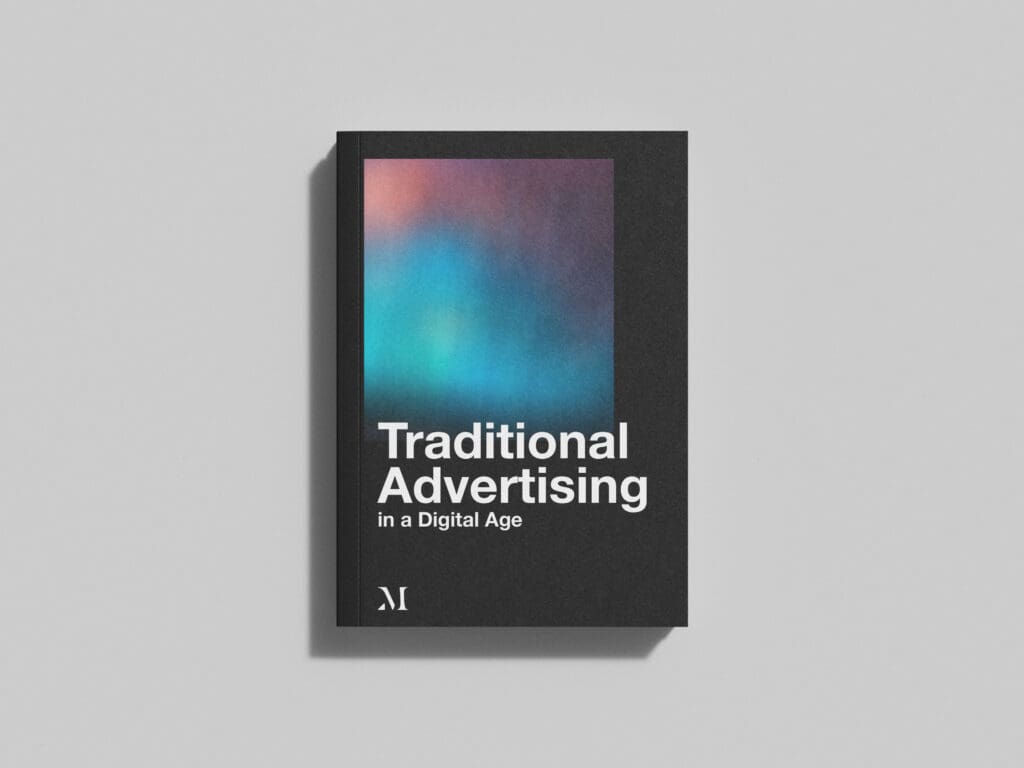Traditional Advertising in a Digital Age
Explore this resource guide to uncover the enduring power of traditional advertising, with TV ads yielding 300-500% ROI. Traditional methods can reach demographics without internet access and discover the synergy between digital data and traditional advertising.

